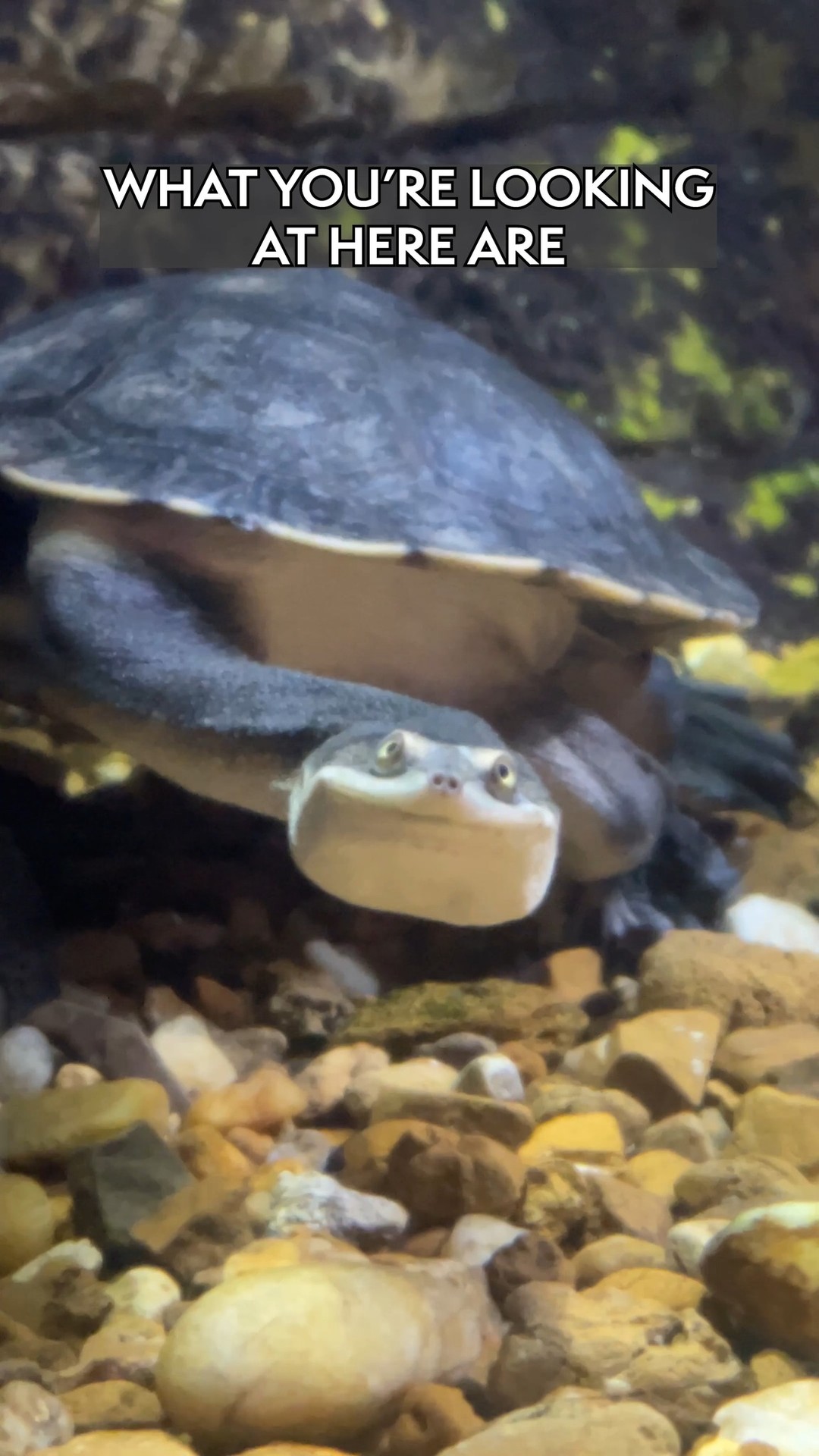Snake-necked Turtles: The Not-So-Ordinary Turtles
Summary:
1. Introduction to Snake-necked Turtles
2. The Unique Adaptation of Long Necks
3. Agile Hunters
4. Unpredictable Reproduction
5. The Importance of Conservation
When we think of turtles, we often imagine these creatures as slow-moving, armored tanks with the remarkable ability to retreat into their shells for protection. However, one turtle species breaks this mold and captivates us with its extraordinary features—the Snake-necked Turtle. These fascinating reptiles lack the defensive capability of their shelled counterparts but, in return, possess long necks that allow them to become agile predators.
Snake-necked Turtles, also known as Long-necked Turtles or Side-necked Turtles, are part of the Chelidae family, found primarily in Australia, New Guinea, and parts of Indonesia. They are named for their remarkable necks, which extend far beyond what is typical for a turtle, even by reptilian standards.
Unlike other turtles that withdraw their heads and limbs directly back into their shells for safety, the Snake-necked Turtle has a unique adaptation. Their unusually long necks have multiple vertebrae, enabling them to maneuver with exceptional flexibility. This elongation of the neck allows them to extend their heads outwards and sideways to snatch prey with surprising accuracy.
With this exceptional neck mobility, Snake-necked Turtles become skilled hunters, specializing in capturing small fish, insects, crustaceans, and amphibians. These adaptable reptiles are well-suited to their diet, with sharp, curved beaks that allow for efficient prey capture. Their long necks serve as a cunning weapon, enabling them to swiftly strike and grasp their unsuspecting victims.
In addition to their necks, Snake-necked Turtles also possess distinct paddle-shaped claws perfectly designed for swimming. Combined with their streamlined bodies, these claws provide them with excellent aquatic agility, giving them an edge in capturing prey in their watery habitats.
As intriguing as their hunting techniques may be, the reproductive habits of Snake-necked Turtles are equally captivating. These turtles display a level of unpredictability in their reproductive behavior. Unlike many reptiles that lay their eggs and move on, Snake-necked Turtles engage in an elaborate courtship ritual.
During this ritual, the males will swim in circles around the females, occasionally biting their shells or necks gently. This behavior has been theorized to stimulate females and encourage successful mating. Once the female is ready, she digs a nest in the ground or creates a shallow depression near the water’s edge to deposit her eggs.
The number of eggs laid by Snake-necked Turtles can vary greatly between individuals and species. While some species produce only a few eggs per clutch, others may lay upward of 20 eggs. Once the female has laid her eggs, she covers them and returns to her aquatic habitat, leaving the eggs to incubate for several months.
The conservation of Snake-necked Turtles and their habitats is of utmost importance due to their unique adaptations and fascinating behaviors. Habitat destruction, pollution, and predation by introduced species pose significant threats to their populations. Protecting these charismatic reptiles involves conservation programs that target preserving their freshwater habitats.
Furthermore, educating the public about the importance of these creatures and encouraging responsible interaction with the environment can contribute to their conservation. Raising awareness about the ecological significance of Snake-necked Turtles in their respective ecosystems is crucial for maintaining the balance of nature.
In conclusion, the Snake-necked Turtle is a true marvel of nature—an evolutionary oddity that has traded traditional defense mechanisms for an elongated neck, providing exceptional hunting capabilities. Their unique adaptation and unpredictable reproductive behavior make them a captivating subject for wildlife enthusiasts and researchers alike. Investing in their conservation and spreading awareness about their significance can ensure the long-term survival and appreciation of these incredible reptiles.
*****
Source Description
Most people consider turtles as walking tanks that can protect their heads and other vulnerable parts by retreating inside their shells. However, the aptly named Snake-necked Turtles lack this adaptation, trading defense for extremely long necks that allow them to agilely target and consume prey!


